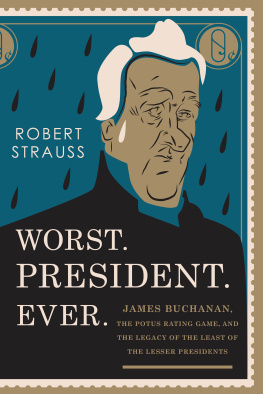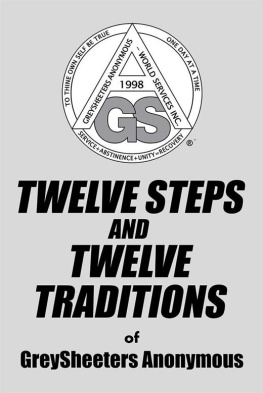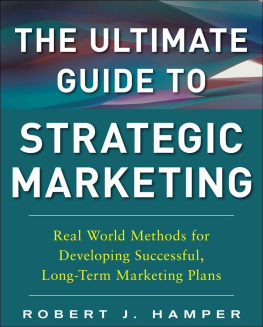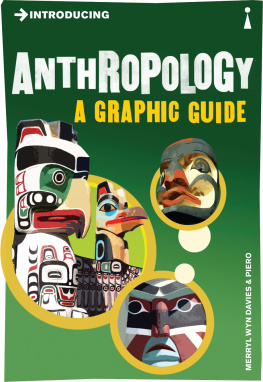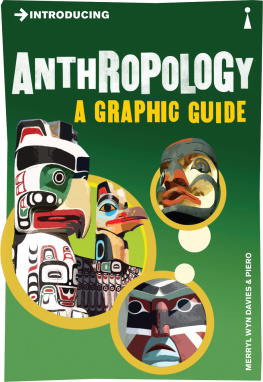
Introducing Story-Strategic Methods
Twelve Steps toward Effective Engagement
ROBERT STRAUSS
Introducing Story-Strategic Methods
Twelve Steps toward Effective Engagement
Copyright 2017 Robert Strauss. All rights reserved. Except for brief quotations in critical publications or reviews, no part of this book may be reproduced in any manner without prior written permission from the publisher. Write: Permissions, Wipf and Stock Publishers, W. th Ave., Suite , Eugene, OR 9740 .
Wipf & Stock
An Imprint of Wipf and Stock Publishers
W. th Ave., Suite
Eugene, OR 97401
www.wipfandstock.com
paperback isbn: 9781 - 53261316 -6
hardcover isbn: 9781 - 53261318 -0
ebook isbn: 9781 - 53261317 -3
Manufactured in the U.S.A. November 27, 2017
Scripture quotations marked (NIV) are taken from The Holy Bible, New International Version, NIV. Copyright 1973 , 1978 , , 2011 by Biblica, Inc. Used by permission of Zondervan. All rights reserved worldwide. NEW INTERNATIONAL VERSION and NIV are trademarks registered in the United States Patent and Trademark Office by Biblica US, Inc.
Scripture quotations marked (ESV) are taken from The Holy Bible, English Standard Version, ESV. Copyright 2001 by Crossway, a publishing ministry of Good News Publishers. All rights reserved.
Scripture quotations marked (NKJV) are taken from The Holy Bible, New King James Version, NKJV. Copyright 1982 by Thomas Nelson, Inc. Used by permission. All rights reserved.
Table of Contents
Acknowledgments
F or her encouragement and loving support throughout a lifetime of work and service, during long hours of graduate studies at Biola Universitys School of Intercultural Studies, and over months of unending research and writing, I want to express my deepest love and gratitude to my wife Carole. Few know all that you have done to help make this publication happen.
An editor and writer without equal, I am so grateful for my son Christopher who spent many hours poring over drafts, pondering terms, concepts, and theoretical frameworks, and sharing invaluable suggestions for improvement. Talented and educated far beyond his father, I am indebted to him for his inimitable contributions to this work and others. Thank you for your kind manner throughout the process of editing and rewriting.
At Biola Universitys School of Intercultural Studies, Dean Doug Pennoyer was instrumental in my acceptance into the program of missiological research, and Professor Tom Steffen was crucial in providing needed guidance as my dissertation advisor. Many thanks to you both for believing in me.
Colleagues at Worldview Resource Group have been supportive and engaged throughout all aspects of developing this book series entitled There is More to the Story. Thank you, Mike Matthews and John Cosby.
My business partner at Global Perspectives Consulting has trusted me with the company she founded and motivated me toward increased effectiveness in all areas of life and work. Now she has her turn as a PhD candidate in the Hugh Downs School of Human Communication at Arizona State University. Thank you, Elena Steiner.
Finally, I am forever grateful to the late Hugh Eaton, Co-Founder of The Weather Channel and mentor.
Introduction
About This Book Series
A n episode in the Gospel of Mark Chapter begins like this: As Jesus was leaving the temple, one of his disciples said to him, Look, Teacher! What massive stones! What magnificent buildings! (NIV). Undoubtedly, to the disciples from Galilee, the Jerusalem Temple was magnificent. And indeed it was. The edifice of the Herodian Dynasty is now considered an architectural wonder of the ancient world.
Jesus summarily replied to the disciple (Mark :, NIV), Do you see all these great buildings? Not one stone here will be left on another; every one will be thrown down. A staggering prediction! How? When? By whom? There was no possible way this could happen! There had to be more to the story.
Subsequently in the same chapter, Mark tells us that Jesus and some of his disciples departed the city and sat opposite the Temple on the slopes of the Mount of Olives. There, with the Temple in clear view to the west across the Kidron Valley, Jesus explained what he meant and what was to come. Indeed, there was more to the story!
There is More to the Story is a series of books, a compilation of resources provided by consultants from Worldview Resource Group, a service organization that equips mission leaders in a story-based worldview approach to cross-cultural ministry. Along with their global experience as field practitioners, the authors in the series are equally grounded in academic research.
The content in the series challenges prevalent thinking and current methodologies employed in evangelism and discipleship around the world. The authors write that too often the Gospel story is presented before the evangelist is adequately aware of the hearers stories. In fact, some even consider such awareness unnecessary. Added to this naivety is an ineffective presentation of a truncated biblical story.
Said succinctly, would-be evangelists do not say enough and do not amply know whom they address. Since saying it succinctly is not enough, we wrote this series, which attempts to preempt the rapidly-prepared, quick-fix approaches that tell only portions of the biblical story. In their place, we present a comprehensive, viable, and thoroughly biblical alternative.
About This Book in the Series
This book introduces cross-cultural workers to a proven methodology for effective ministry across cultures. The methodology is field-derived. It is grounded in observable data from various parts of the world. At the same time, it is also supported by precedent literature, not only in the discipline of missiology but also more broadly.
This is not simply another book about storytelling. There is more to our approach than story. This book embeds storytelling in a broader methodology of communication across cultures. Storytelling itself is not the whole approach. It is one component integrated into the whole.
It is our hope that the book is fresh, engaging, thought provoking, cutting-edge, and destined to make a difference in the world of missions.
About the Terminology in This Book
Field practitioners will recognize most of the terminology in the book. Nevertheless, it is important that we operationally define several key terms. Here are some of the more important:
EvangelismWhile all of us know that evangelism involves spreading the Christian Gospel, especially to people who have not previously had an opportunity to hear and understand it, we endorse missiologist David Hesselgraves argument that evangelism is more than simply telling or announcing. His concern is with communicating Christ across cultural barriers to the various peoples of the world (emphasis added). True evangelism requires communication. The sender tells and the receiver understands. If the receiver does not understand, is not moved, neither communication nor evangelism has taken place. So, if evangelism requires communication, then irreplaceable components of communication are at play in evangelism. The book will explore the theory of communication in detail.




